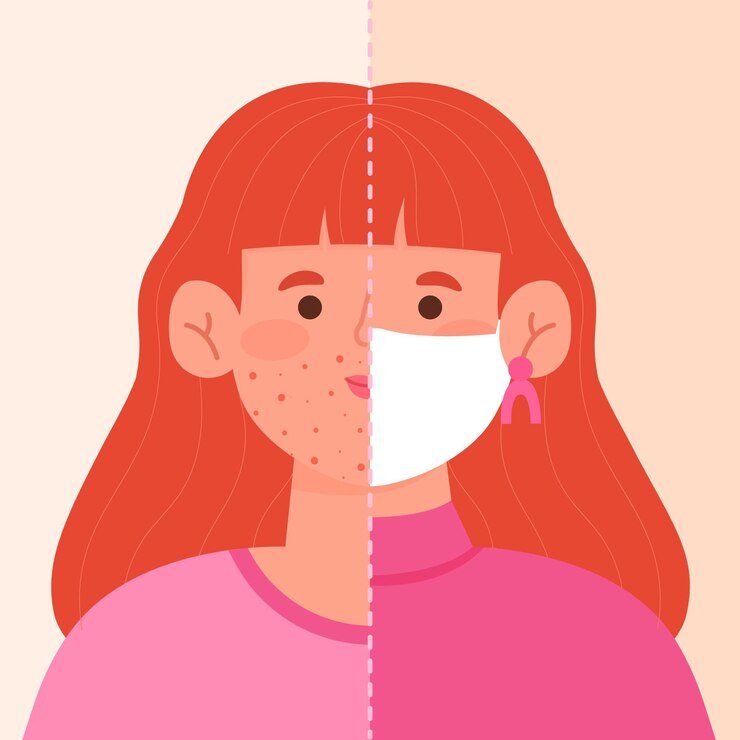
Explaining the Different Types of Cleft Lip and Palate
Cleft lip and palate are common conditions, but did you know there are different types? Let’s explore these variations in simple terms.
Complete vs. Incomplete
Imagine your lip or palate as a jigsaw puzzle. In a complete cleft, it’s like a piece of the puzzle is missing altogether. This creates a gap that extends from the lip to the nose or from the front of the mouth to the back. In an incomplete cleft, the puzzle piece is there but not fully formed, resulting in a smaller gap that doesn’t extend as far.
Unilateral vs. Bilateral
Now, let’s talk about sides. “Uni” means one, so in a unilateral cleft, the gap is on one side only. It could be on the left side, the right side, or even in the middle. Conversely, “bi” means two, so in a bilateral cleft, there are gaps on both sides. It’s like having two separate openings, which can be more complex to manage.
How Do These Differences Matter?
You might wonder why these distinctions are important. Well, they can affect everything from treatment to daily life.
For instance, a complete cleft may require more extensive surgery to fully close the gap. It can also impact activities like feeding and speaking differently compared to an incomplete cleft.
Likewise, a unilateral cleft might affect facial symmetry more noticeably on one side, while a bilateral cleft may require more comprehensive treatment to address both sides evenly.
Understanding these differences helps doctors create tailored treatment plans to suit each person’s needs.
Complete vs. Incomplete
Imagine your lip or palate as a jigsaw puzzle. In a complete cleft, it’s like a piece of the puzzle is missing altogether. This creates a gap that extends from the lip to the nose or from the front of the mouth to the back. In an incomplete cleft, the puzzle piece is there but not fully formed, resulting in a smaller gap that doesn’t extend as far.
Unilateral vs. Bilateral
Now, let’s talk about sides. “Uni” means one, so in a unilateral cleft, the gap is on one side only. It could be on the left side, the right side, or even in the middle. Conversely, “bi” means two, so in a bilateral cleft, there are gaps on both sides. It’s like having two separate openings, which can be more complex to manage.
How Do These Differences Matter?
You might wonder why these distinctions are important. Well, they can affect everything from treatment to daily life.
Conclusion
Cleft lip and palate come in various forms, but each is part of a person’s unique journey. By understanding the different types—complete versus incomplete, unilateral versus bilateral—we can better support individuals affected by these conditions and ensure they receive the right care.
To seek medical advice, always consult a Doctor. Here are our recommended EXPERTS. Click here
To read more on SKIN. Click Here



